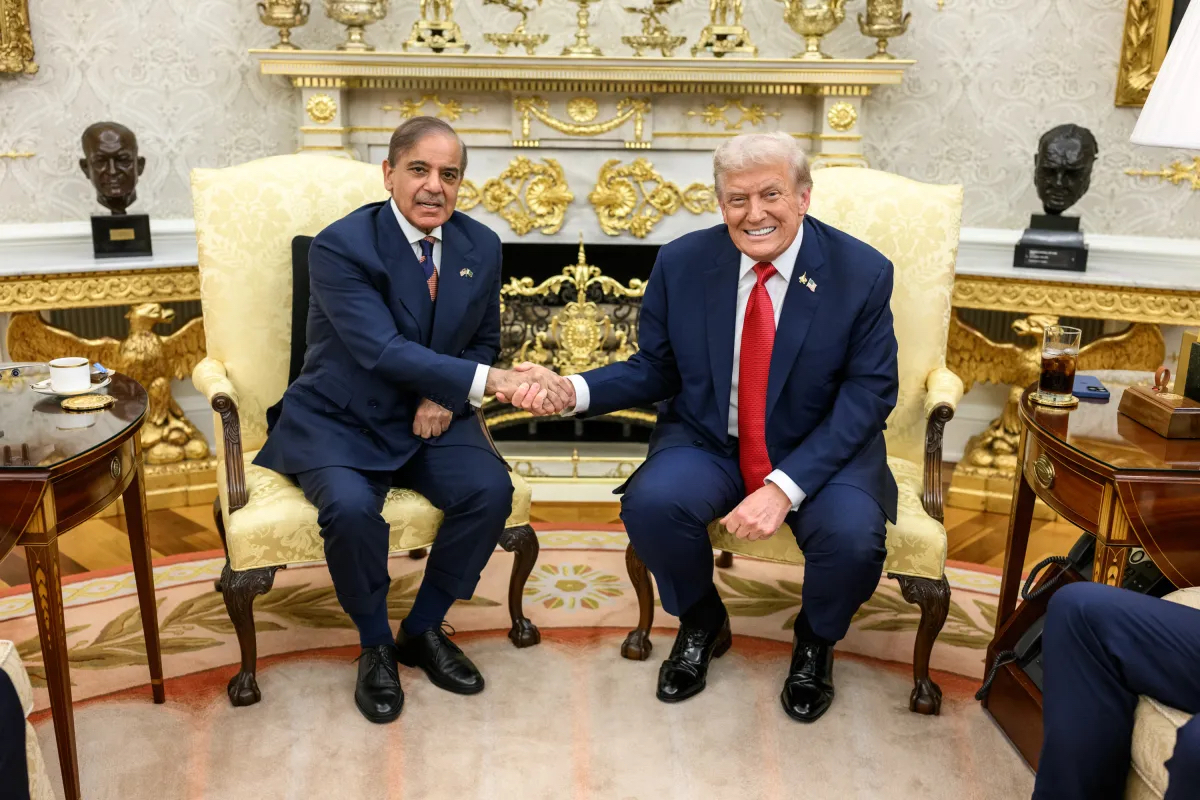Pakistan’s reported proposal to grant the United States a development and management role at Pasni port, as reported by the Financial Times, marks one of the most consequential geopolitical developments in recent years.
Situated along…

Pakistan’s reported proposal to grant the United States a development and management role at Pasni port, as reported by the Financial Times, marks one of the most consequential geopolitical developments in recent years.
Situated along…

Two people were shot dead late Tuesday night outside Loafology bakery in Islamabad’s Blue Area, opposite the Islamabad Stock Exchange (ISE) Tower.
Both victims were hit multiple times, including in the head, and died on the spot.

The Commonwealth Secretariat is guided by, and is deeply committed to, the values of the Commonwealth Charter, which are shared by all our member countries.
The Commonwealth observation methodology is guided by the